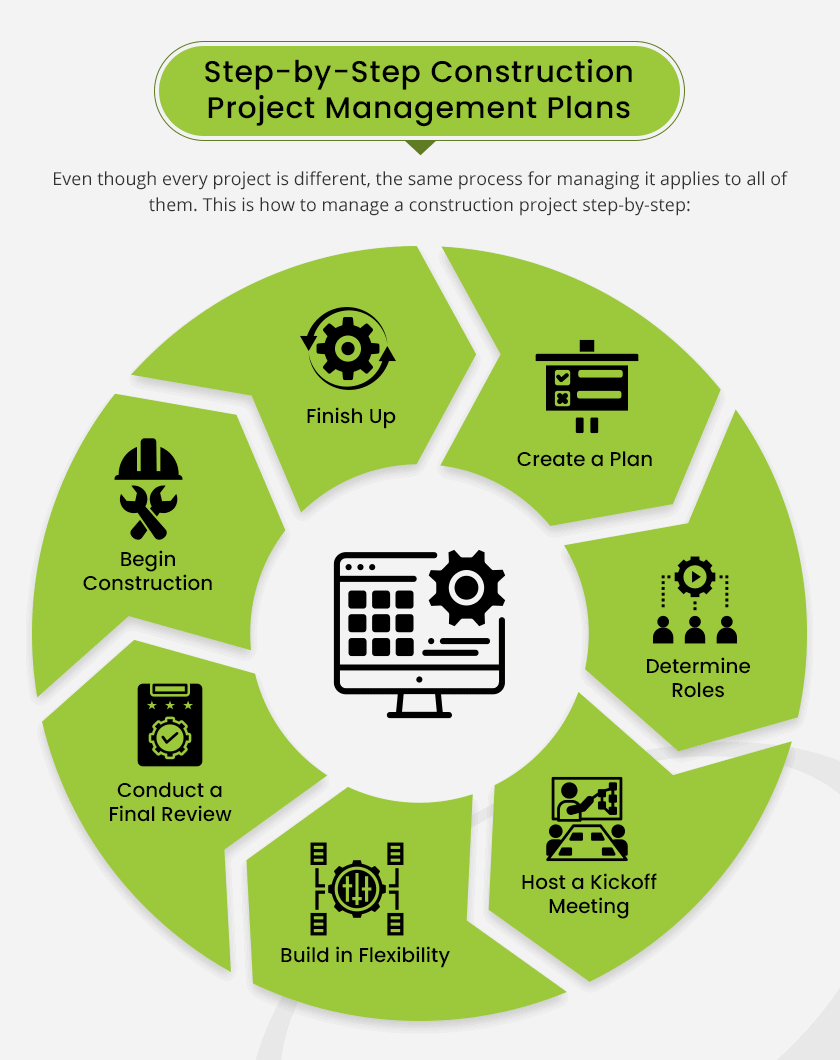Types of Structural Loads
Comments Off on Types of Structural LoadsA load is a force that can cause stress and leads to deformation and acceleration. When a structure or component of a structure is subject to loads, it may become stressed or displaced. There are several structural load types, each of which requires unique considerations when designing and constructing a building or structure.
What Are Structural Loads Used For?
Structural loads are forces that a structure must resist. Understanding the different types of structural loads is critical to constructing buildings or structures, as the building materials and foundation construction depend on the type of load the structure will encounter.
Structural loads and their effects are an essential factor since they can cause stress, deformation, and structural movement over time. A well-designed structure can effectively endure loads long-term.
Types of Structural Loads
Structural engineers account for several structural load types. Loads can be applied laterally or vertically and may come from environmental factors or materials included in the construction. The different types of structural loads include:
- Dead. Dead loads refer to the weight of the structure, including the beams, floor, walls, insulation, roofing, immovable fixtures, partitions, foundation materials, and more. This type of load is permanent and essentially static. The dead loads due to non-structural elements, such as cladding and finishes, have been referred to as superimposed dead loads, but are still considered dead loads.
- Live. Live loads are forces that people, furniture, and other non-fixed elements apply to the structure. Live loads can include objects and people in motion or with the potential for motion. They can be difficult to predict because they change over time. Live loads also include the surcharge load on the soil or pavement outside the structure against the foundation walls.
- Wind. This type of load is called an environmental load. Wind load depends on geographical location along with the weight and height of the building or structure. Since wind is applied either toward or away from a structure, it can create suction forces that can result in damage over time. Wind loads become an increasing concern as the height of the structure increases.
- Rain. This type of live load is called an environmental load. Rain load depends on the type of roof. Flat roofs use a primary and secondary drainage system (if primary drains are blocked), whereas sloped roofs use free drainage. The use of rain load also depends on if the rainwater can accumulate on any portion of a roof.
- Snow. This type of load is called an environmental load. Snow loads have a notable impact on the structure and materials of the roof and insulation of a building. The load depends on the location and the amount of average snowfall. Snow drifting from adjacent roofs of varying heights can also be a factor. Engineers consider roof shape to mitigate the effects of snow load.
- Seismic. This type of live load is called an environmental load. Seismic loads are lateral loads caused by vibrations of the earth and earthquakes. The frequency of earthquakes in a geographic location is a primary factor when considering seismic loads.
Structural Engineering, Design & Construction Management Services from EDC Management
Understanding structural loads is critical to building sound structures. By considering the different loads a building or structure may be exposed to during the design phase, you can ensure that your project will last for a longer period of time.
EDC Management Corp. offers clients over 30 years of expertise and a small but skilled team to deliver quality construction management services. We assist commercial, industrial, and agricultural clients in methodically planning buildings, considering critical factors like power, infrastructure, and structural elements. Our construction management consultants, engineers, and designers can deliver customizable and scalable solutions for your next project.
View our services for more details. You can also contact us to learn more about our capabilities or request a quote today.








 There is a multitude of advantages to this method of construction design. Some of the most significant benefits include:
There is a multitude of advantages to this method of construction design. Some of the most significant benefits include: Structural & mechanical engineering design enables the owner to be a much more active participant in the design process, working collaboratively with the experienced design team in order to turn their vision into a reality. Since construction will not begin until after the design is complete, this also ensures that the owner will be able to have full confidence in the design before spending money to hire general contractors.
Structural & mechanical engineering design enables the owner to be a much more active participant in the design process, working collaboratively with the experienced design team in order to turn their vision into a reality. Since construction will not begin until after the design is complete, this also ensures that the owner will be able to have full confidence in the design before spending money to hire general contractors.
